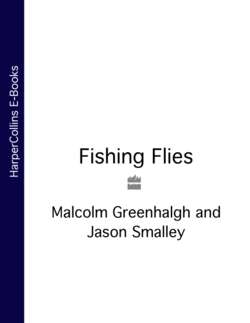Читать книгу Fishing Flies - Smalley - Страница 34
North Country Spiders or Soft-Hackled Wet Flies
ОглавлениеOld flies often seem to fade from popularity not so much because they lose their effectiveness as because they are replaced by more fashionable new flies, whether the new flies have proven more effective or not.
Paul Schullery, American Fly Fishing: a History, 1987.
This category of fly evolved at least 200 years ago on the rivers of northern England and southern Scotland. They were first catalogued by T. E. Pritt (Yorkshire Wet Flies, 1885), later by Harfield H. Edmonds and Norman N. Lee (Brook and River Trouting, 1916) and by W. S. Roger Fogg (The Art of the Wet Fly, 1979). That these ancient flies travel well is borne out by three books about them by the American writer Sylvester Nemes: The Soft-Hackled Fly (1975), The Soft-Hackled Fly Addict (1981) and Two Centuries of Soft-hackled Flies (2004).
These are very simple flies to tie, many having a body of only tying thread (use a round thread – not flat thread, nor floss silk); if using real silk thread (e.g. Pearsall’s Gossamer), wax the thread with solid tying wax. As one name for these flies indicates, the hackle is a soft one, usually from a game-bird, sometimes a hen barnyard fowl. Game-bird hackles usually have a very thick stalk, so they are tied in by the feather tip (stroke the hackle fibres back to expose the tip). The hackle should be sparse: two or two-and-a-half turns at most.
Hooks: wet fly, sizes 13–4, unless otherwise stated.
They are still very effective flies to use, in both rivers and lakes anywhere in the world, when trout, char, grayling or other fish are feeding on flies or emergers at, or close to the water surface. There are many recorded instances when these have out-fished more precise imitations of what the fish were eating. In rivers fish ‘dead-drift’, in lakes cast out and tweak or work back slowly.
